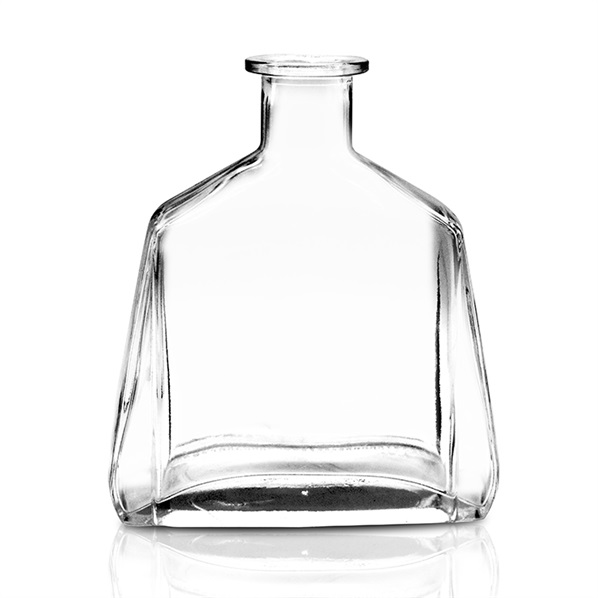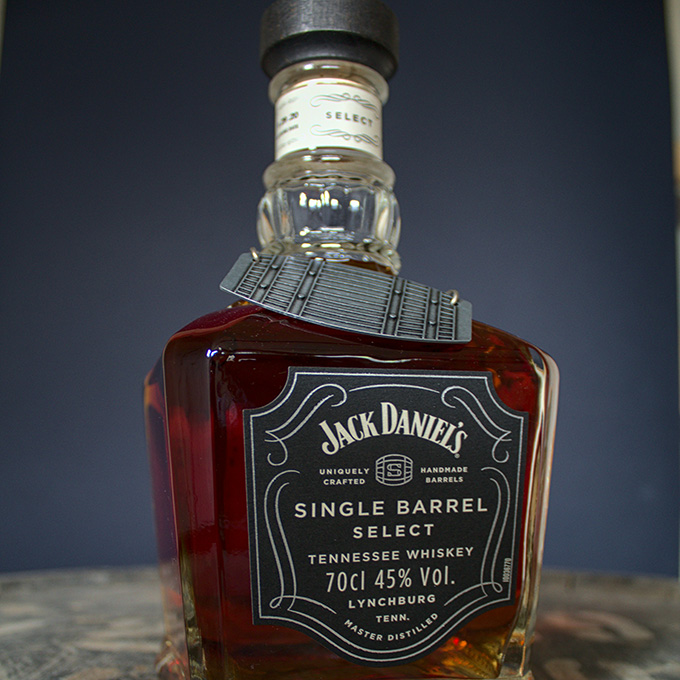Alright, let’s talk bubbles! We all know that satisfying pop and the mesmerizing cascade of tiny pearls rising in a glass. But here’s a secret the pros know: the journey to that perfect sip starts way before the cork flies. It begins with choosing the right sparkling wine glass bottle itself. Yeah, you heard that right – the bottle matters, big time. It’s not just a pretty container; it’s the guardian of those precious bubbles, the protector of flavor, and honestly, a big part of the whole experience. Forget grabbing any ol’ bottle off the shelf. Let’s break down how to become a master picker of the perfect sparkling wine glass bottle.
1. Why the Bottle is Way More Than Just Packaging (Hint: Bubbles!)
Think of a sparkling wine glass bottle as a high-pressure vault. Inside, that wine is holding onto a ton of dissolved carbon dioxide (CO2) – that’s what creates the magic fizz. A standard bottle simply isn't built for that kind of pressure. Sparkling wine glass bottles are specifically designed to be:
- Thicker and Heavier: This is non-negotiable. They need the extra strength to withstand the immense internal pressure (often 5-6 atmospheres, or even more for some styles!), preventing explosions (yikes!) or slow leaks that leave you with sad, flat wine. Feel the weight – a good sparkling wine glass bottle should have serious heft compared to a still wine bottle.
- Deeper Punt: See that indentation in the bottom? That’s the punt. On a sparkling wine glass bottle, it’s much deeper. This isn't just for looks; it reinforces the bottom (the weakest point under pressure), provides stability, and makes stacking safer. It also gives you a better grip when pouring.
- Specific Glass Composition: The glass itself might have slight variations to enhance strength and sometimes clarity, though color is a separate factor (more on that later).

2. Shape Speaks Volumes: Decoding the Silhouette
Okay, you know it needs to be strong. But why all the different shapes? Turns out, the silhouette often whispers clues about what's inside:
- The Classic Champagne Bottle: This is the iconic, straight-sided, high-shouldered bottle. Think Dom Pérignon, Moët, Veuve Clicquot. It screams tradition and is used for most Champagne, high-quality Cavas, and many American sparkling wines made in the traditional method. Seeing this shape sets expectations for complexity and potential aging. This is arguably the most recognized sparkling wine glass bottle globally.
- The Slender "Flute" Bottle (aka Alsace Bottle): Taller, thinner, and more elegant. You’ll see this a lot with Prosecco, Cremants from France (outside Champagne), Sekt, and sometimes American sparkling wines aiming for a lighter, fresher image. It often signifies wines made using the Charmat/Tank method, designed for youthful drinking. It’s a sleek, modern take on the sparkling wine glass bottle.
- The Burgundy Bottle: Yep, sometimes you see sparkling wine, especially richer styles like some Blanc de Noirs or vintage sparklers, in bottles similar to those used for Pinot Noir/Chardonnay. They have sloping shoulders. This is less common but signals something potentially weightier or unique. Don’t be fooled – it’s still a reinforced sparkling wine glass bottle underneath.
- Unique & Proprietary Shapes: Some houses go all out with custom designs (think Billecart-Salmon’s distinct shape). These are bold statements about brand identity within the sparkling wine glass bottle world.
3. Seeing Through the Glass: Color & Clarity Matters
Peek inside? Well, kinda. The bottle color isn't just aesthetic; it’s functional:
- Classic Green (Vert or Feuille Morte): This is the most common. The green tint offers significant protection against damaging ultraviolet (UV) light. UV rays can break down compounds in wine, leading to unpleasant "light-struck" aromas (think wet cardboard or cabbage – not the vibe!). Essential for wines meant to age or be stored in potentially bright conditions. The classic green sparkling wine glass bottle is a workhorse.
- Antique Green (Vert Antique): A darker, deeper green. Offers even more UV protection. Often used for prestige cuvées or wines intended for very long aging. Serious protection for serious juice.
- Clear/Flint Glass: Beautiful for showcasing the wine’s color and effervescence. BUT, it offers minimal UV protection. This is generally best for:Wines consumed very young (like many Proseccos).Wines stored in near-perfect, dark conditions.Lower-priced sparklers where cost is a bigger factor. Handle a clear sparkling wine glass bottle with extra care regarding light exposure.
- Amber/Brown Glass: Less common for sparkling, but offers the highest UV protection of all. You might see it on some specialty or aged styles.
4. Beyond Looks: The Nitty-Gritty Details
Alright, shape and color are covered. But the devil (and the delight) is in the details:
- The Closure (It's Not Always Cork!):Traditional Cork & Muselet (Wire Cage): The gold standard, especially for wines undergoing aging on the lees (yeast sediment). Allows for the crucial micro-oxygen exchange that develops complex flavors over time. That satisfying pop? Priceless. Synonymous with a premium sparkling wine glass bottle experience.Crown Cap (Like Beer): Increasingly common, especially for tank-method wines (Prosecco, many Sekts) meant for immediate consumption. It's cheaper, perfectly effective for short-term, and avoids cork taint. Practical, but lacks ceremony. Often found on lighter-weight sparkling wine glass bottles.Stopper Closures (e.g., Vinolok, Glass Stopper): Sleek, modern, reusable, and eliminates cork taint risk. Gaining traction, especially in premium segments. Offers a different, elegant opening ritual for your sparkling wine glass bottle.
- The Neck & Rim: A clean, smooth pour matters! Look for bottles where the glass at the lip feels even. Rough edges are a sign of lower manufacturing quality and can lead to dribbles – not cool when you're pouring celebratory bubbles. Run your finger (carefully!) around the rim of the sparkling wine glass bottle.
- Label Quality & Legibility: While not strictly about the bottle function, high-quality labels that are securely affixed, use good materials, and provide clear information (producer, origin, style, dosage) signal care and professionalism. A torn, blurry, or peeling label on an otherwise nice sparkling wine glass bottle is a downer.

5. Putting it All Together: Your Step-by-Step Picking Strategy
So, you're facing the shelf. How do you actually choose? Here’s your battle plan:
- Consider the Wine Inside (If Known):Traditional Method (Champagne, Cava, Quality US Sparkling): Prioritize heavier weight, classic or Burgundy shape, green/antique green glass, and cork/muselet closure. Expect higher pressure tolerance.Tank Method (Prosecco, Many Sekts): Lighter weight is acceptable, often slender flute shape, clear or green glass, crown cap or sometimes cork. Slightly lower pressure (but still significant!).Pét-Nat: Often quirky! Can be in heavier bottles with crown caps (traditional) or lighter bottles. Expect sediment; color varies wildly. Embrace the funkier side of the sparkling wine glass bottle.
- Assess Weight & Feel: Pick it up! Does it feel substantial and sturdy? A flimsy-feeling bottle is a red flag for potential pressure issues or low quality. Heft = confidence in a sparkling wine glass bottle.
- Check the Glass Color: Match it to the wine's needs. Clear glass for immediate consumption in dark storage? Fine. Planning to age it or store it somewhere bright? Insist on green or darker. Let the bottle protect your investment.
- Examine the Closure: What does it tell you? Cork/muselet suggests aging potential or tradition. Crown cap suggests freshness and value. Stopper suggests modern premium. Choose based on your expectations for the wine inside that sparkling wine glass bottle.
- Inspect the Rim & Punt: Smooth rim for clean pouring? Deep punt for strength? Good signs. A poorly finished rim is annoying; a shallow punt might be less robust.
- Look at the Label: Is it informative and well-applied? While secondary, it reflects overall quality control. A premium wine deserves a premium presentation on its sparkling wine glass bottle.
- Consider the Occasion: Serving a special vintage? Go for the classic heavy green bottle with cork. Hosting a casual brunch? A sleek flute bottle with a crown cap might be perfect. The sparkling wine glass bottle sets the stage.
The Bottom Line: Confidence in Every Pop
Picking the perfect sparkling wine glass bottle isn't rocket science, but it is about paying attention. It’s about understanding that this vessel is a critical partner to the liquid joy inside. By considering the weight, shape, color, closure, and details, you’re not just buying a container; you’re ensuring the wine’s integrity, enhancing its presentation, and setting yourself up for the best possible experience from that very first pop to the last delightful bubble.
Next time you’re browsing the sparkling aisle, take a moment. Feel the weight, note the shape, check the color, glance at the closure. You’ll start seeing sparkling wine glass bottles in a whole new light. You’ll be able to confidently pick the perfect one, every single time. Because when those bubbles are perfect, everything else just sparkles a little brighter. Cheers to that!

